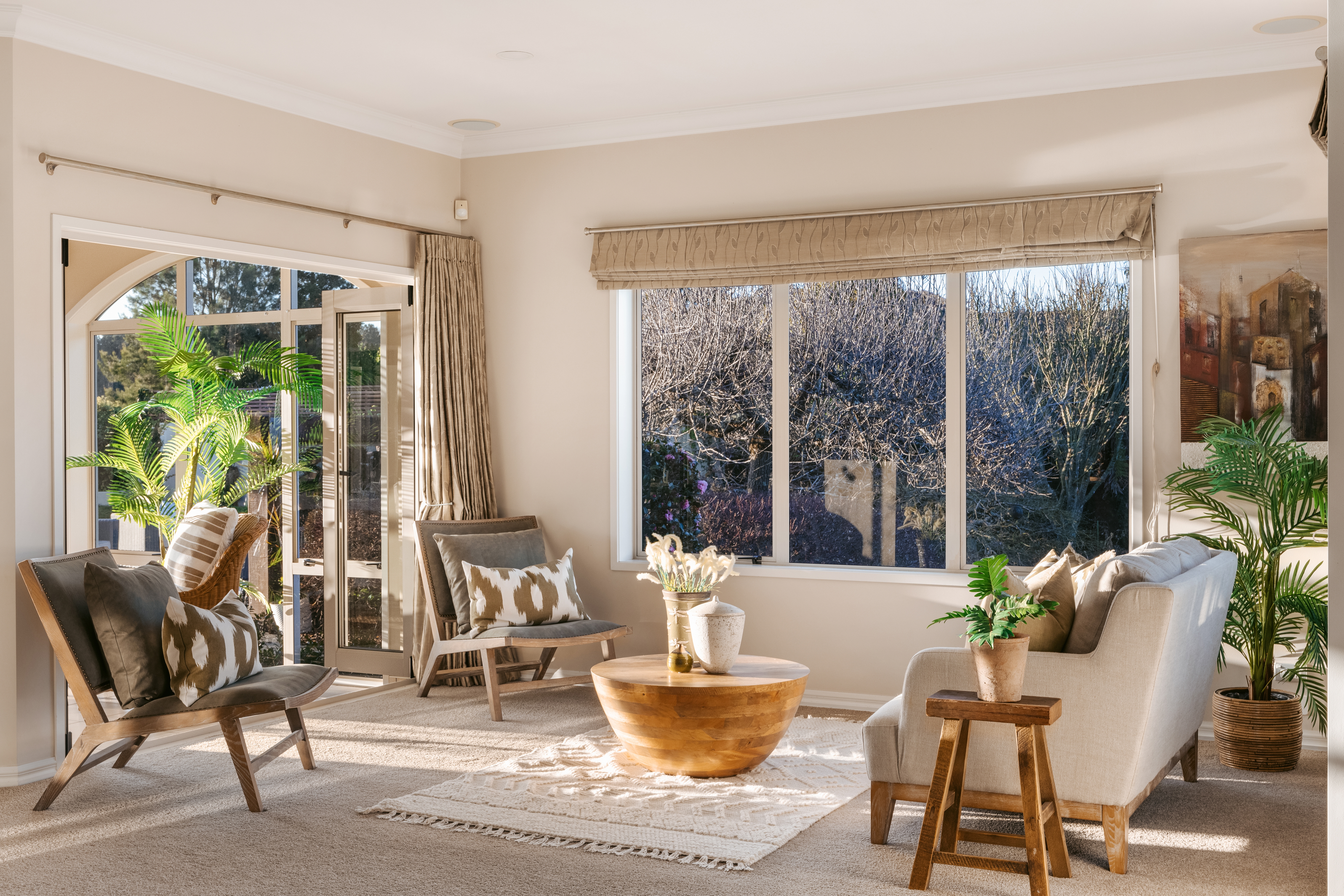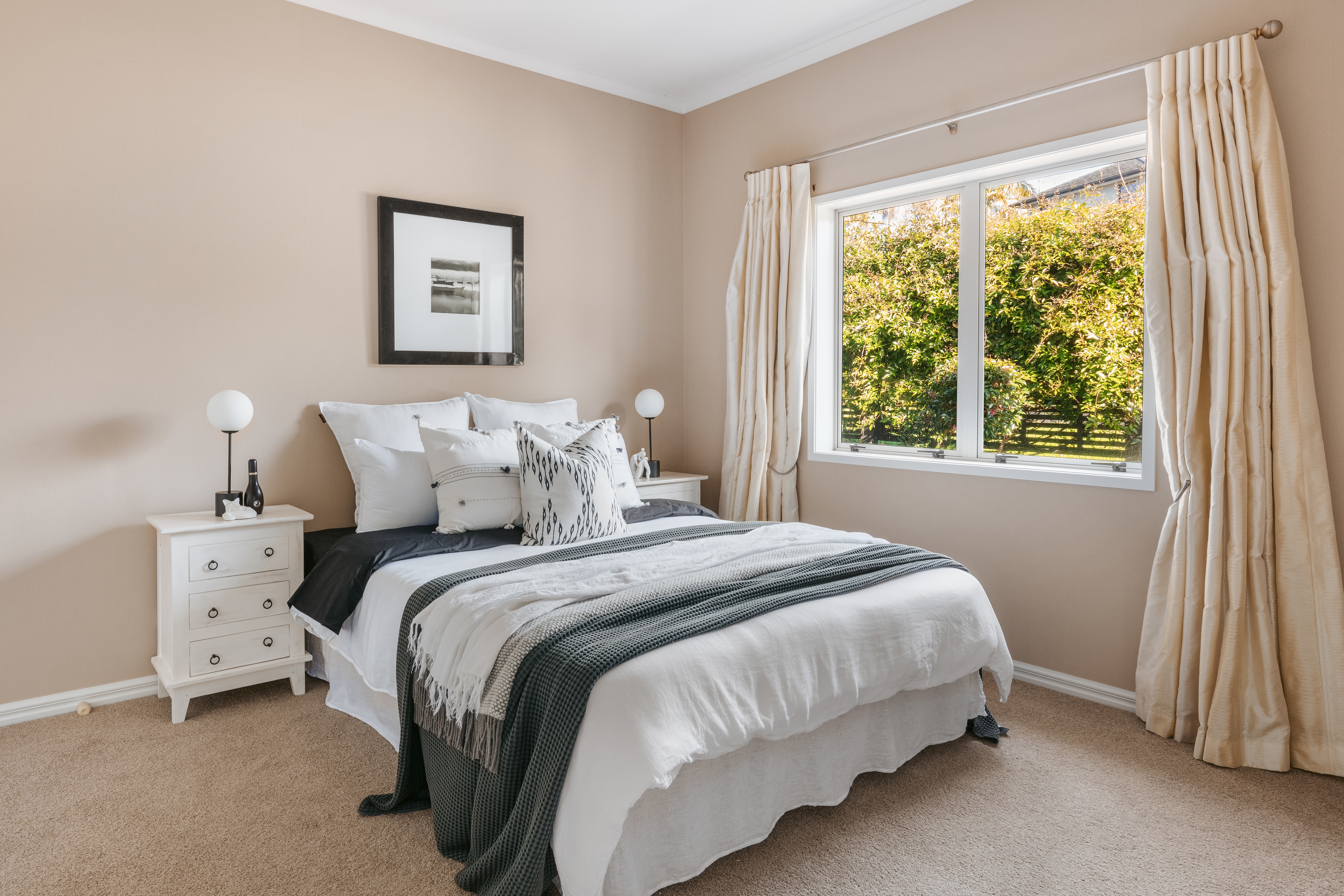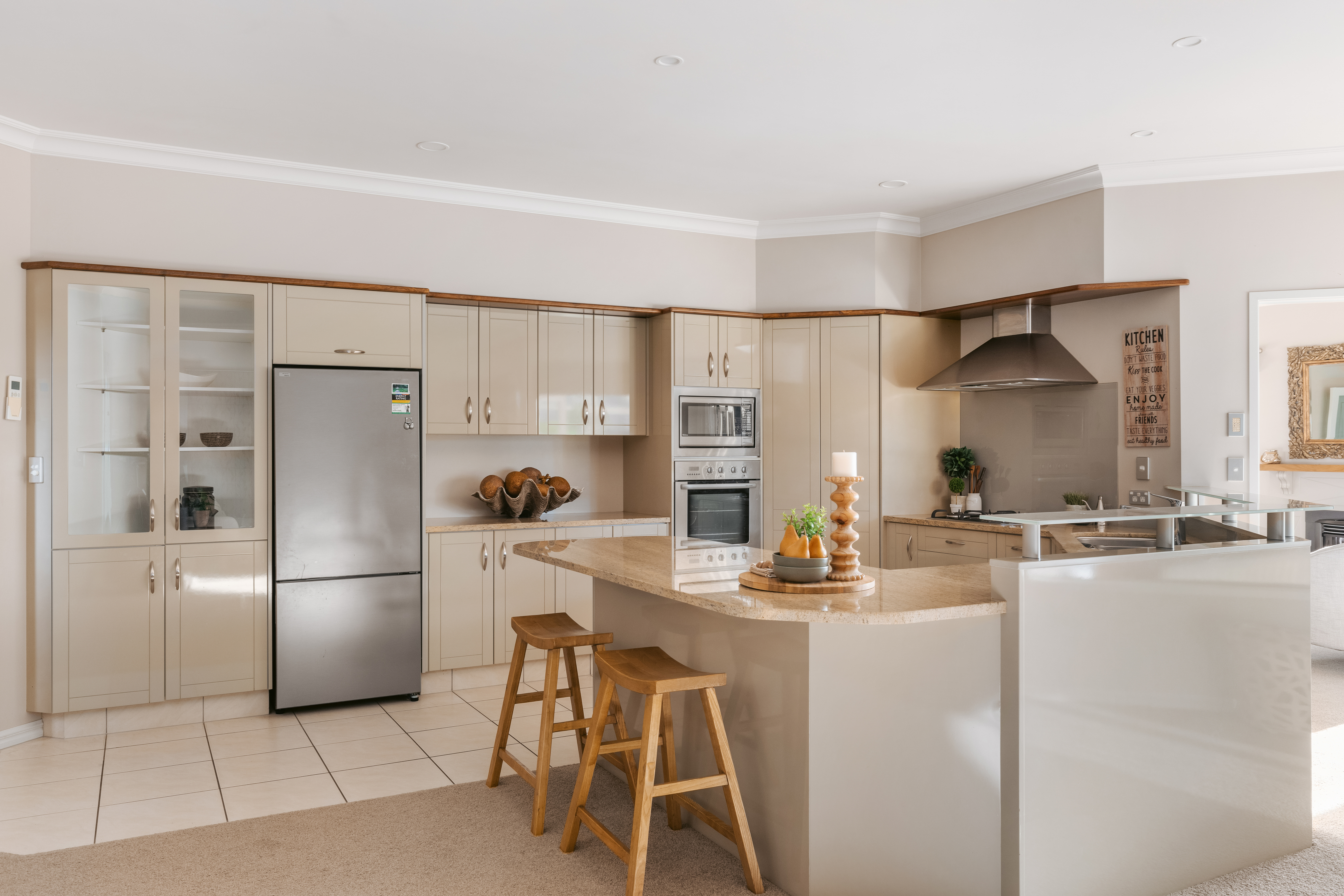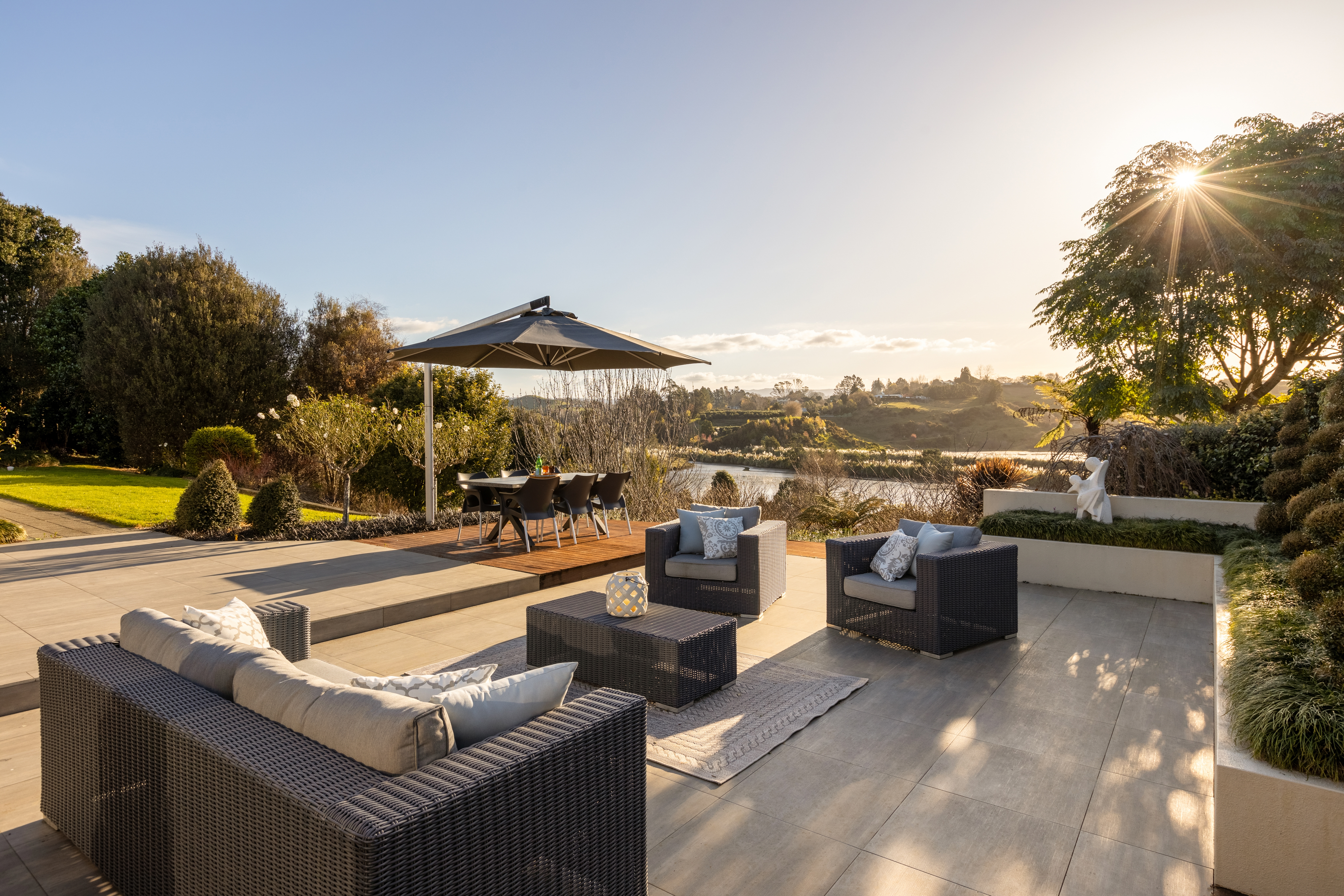Selling guide
How to find the right home stager
Check out these five things to consider when thinking about staging your home.

Home staging isn’t only for high-end listings: any property can benefit from quality staging, no matter the price point. Seeing the property furnished, rather than empty, helps the buyer mentally move in. And by using the right scale furniture, staging can even help small properties feel larger.
1. Using a professional versus DIY
If you have a flair for interiors, it may be tempting to stage the property yourself. Sometimes, it can be as easy as rearranging existing furniture, removing clutter, or adding some artwork.
However, keep in mind that experienced home stagers know what makes buyers tick, and how to use staging to highlight the best features of your property. Of course, it’s an additional cost to factor in, but if carried out properly, staging can be an investment in emotional appeal.
2. Finding a stager within your budget
Fees vary widely based on the stager’s experience and competency. While it’s better not to choose on price alone, there are options available for a range of budgets. When it comes to ball-park figures, prices depend on the size of the property and period length, usually ranging from $2,000 – $6,000 (and more) for a five-week period.
It’s crucial to find a balance between what you’re comfortable to pay, and what you’d like to achieve. Keep in mind that hiring a less expensive stager doesn’t guarantee that you’ll save money. Some stagers may cost less, but they might also use cheaper furniture and accessories. If the look is not aligned with the property and your target buyers, it may affect the sale price.
Image courtesy of Collab Realty
3. Stagers with formal training
Though certification isn’t mandatory for home stagers, it goes to show that the stager has invested in their professional development. Most courses focus on providing market knowledge and teaching lifestyle design skills. Ask the stager how they’re keeping up to date with staging trends and new techniques.
Keep in mind that a good decorator or interior designer doesn’t always equate to a good home stager. In fact, these two professional figures have opposite goals: interior designers personalise the space to reflect the owners while home stagers de-personalise it to create wide buyer appeal.
Image courtesy of Collab Realty
4. Checking out their portfolio
More than any certification they might have, a home stager’s portfolio is a representation of who they are and their body of work. Aside from asking simple background information (e.g., how other homes they’ve staged have sold), portfolio photos will give you an idea of the variety of styles the stager uses, their overall design sense, and the quality of accessories they use.
5. Are you ‘compatible’?
It may sound unimportant, but how you interact with your home stager is key. After all, this is someone you’re allowing into your home, so don’t be afraid to ask questions, and importantly, trust that they can get the job done. If you and your stager communicate well together the whole process will be much easier and more enjoyable.
Image courtesy of Collab Realty
Get help with List Now
Author
Discover More
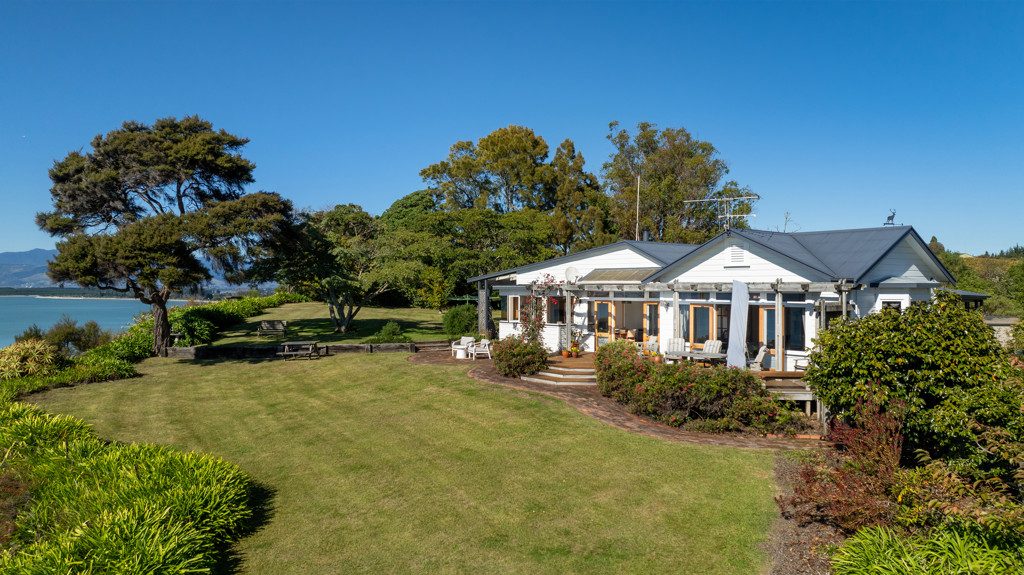
Tasman temptations in hot spots like Kaiteriteri and Ruby Bay
Who wouldn’t want a house close to Abel Tasman National Park and at beaches like Kaiteriteri, Ruby Bay, and Mapua?
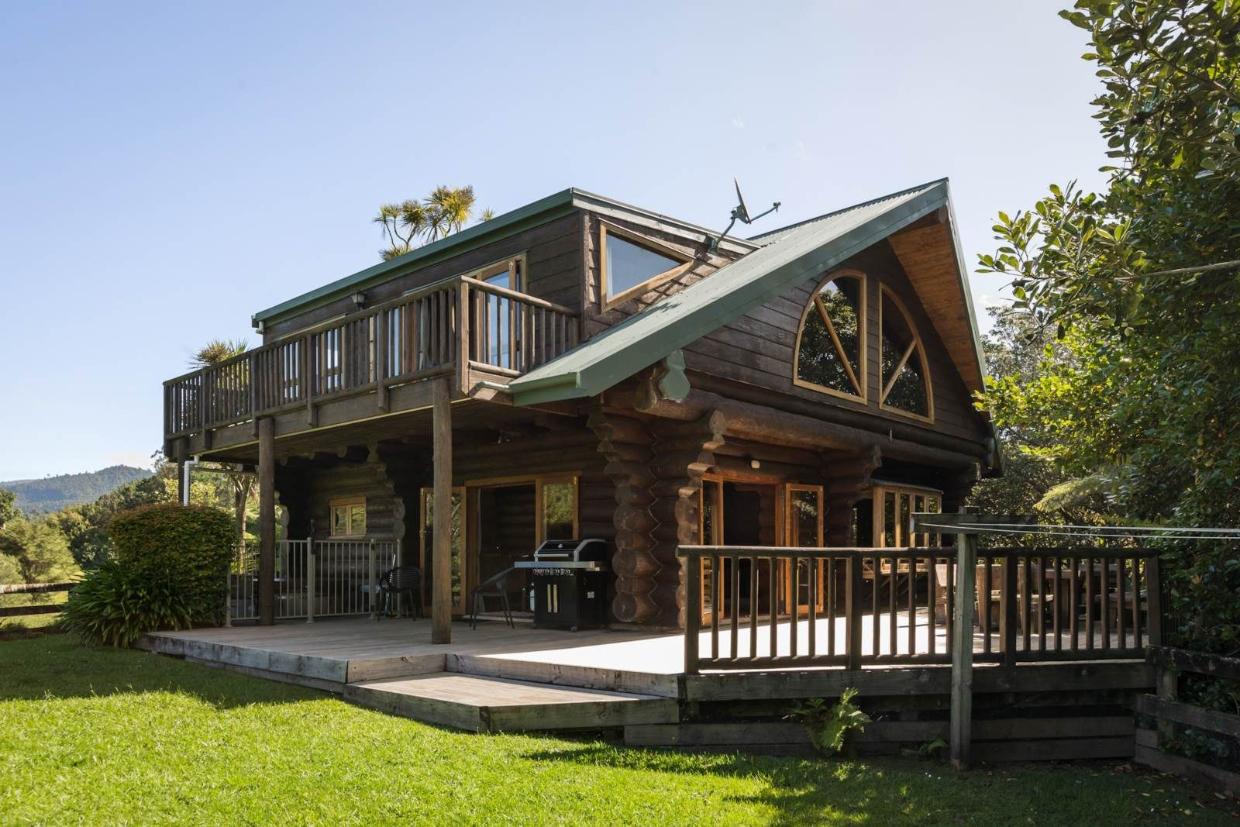
Riverside log cabin on site of legendary Kiwi music festival hits the market
The Douglas Fir log cabin in Waihi can sleep 12.
Search
Other articles you might like
